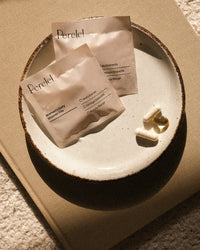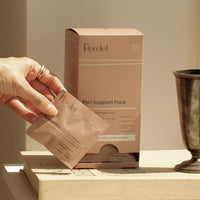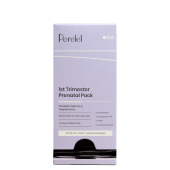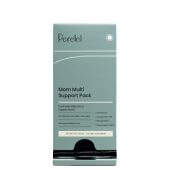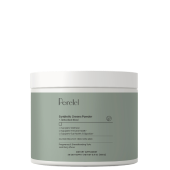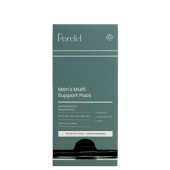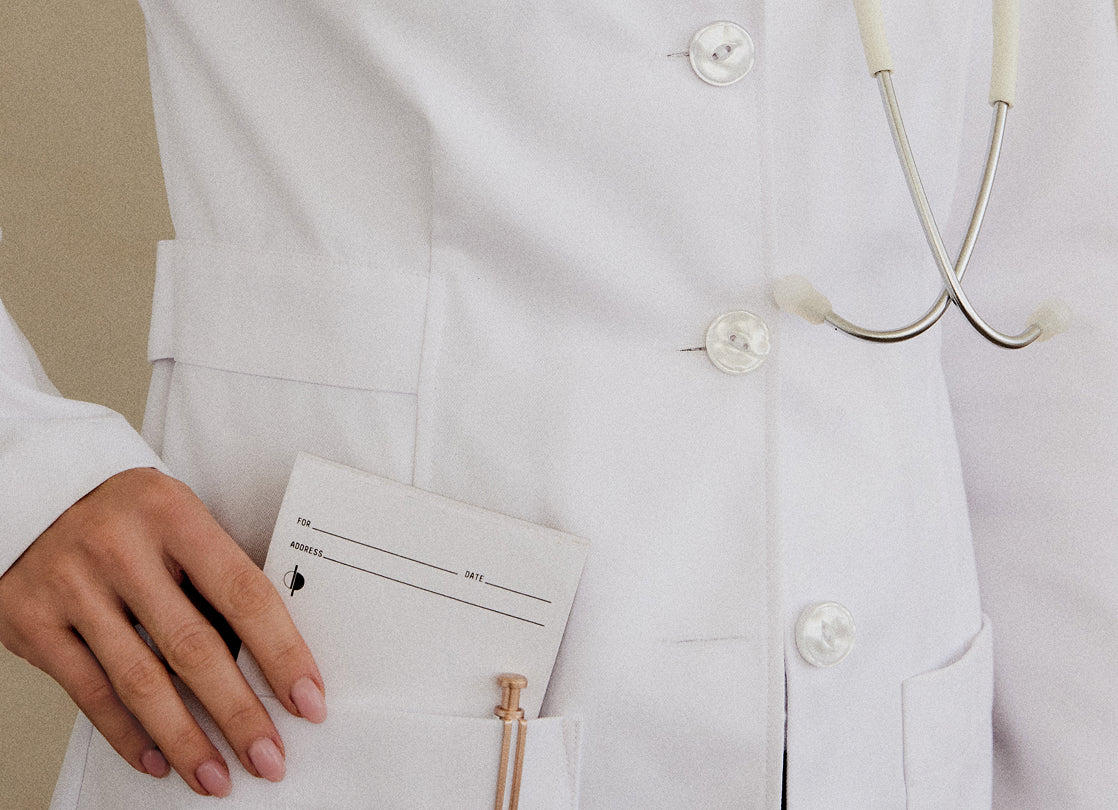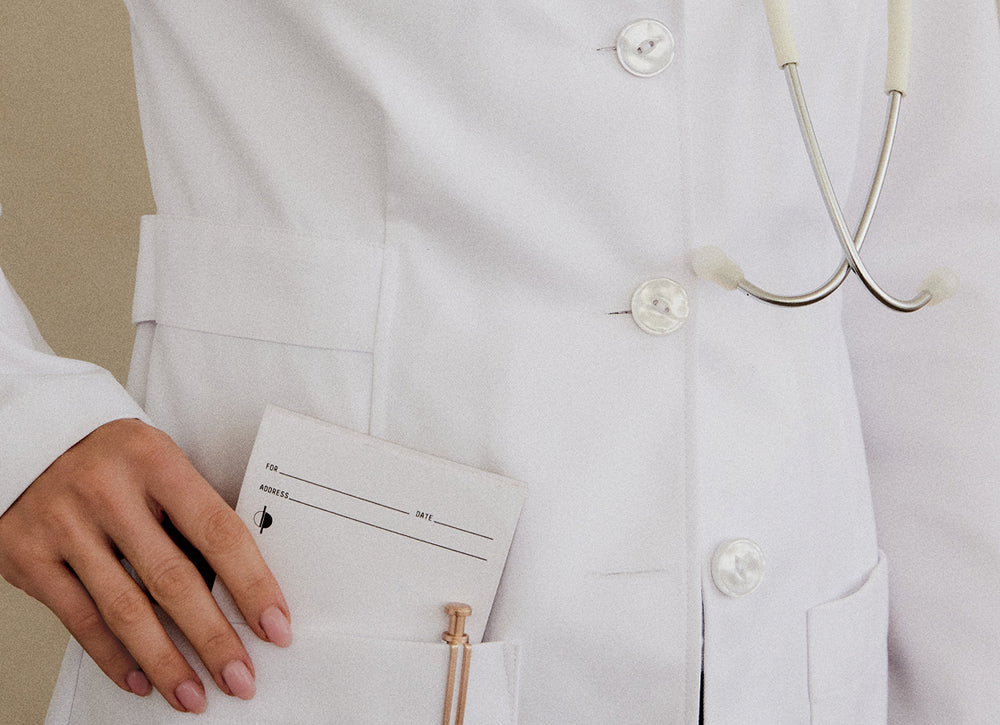Returning to work after having a baby can be overwhelming, to say the least. Leaving your little one for the first time can bring on a flood of emotions ranging from sadness about the separation to concern about her care—to excitement about reconnecting with coworkers and feeling more like “you” again.
And, if you’re breastfeeding, returning to work can bring an extra layer of anxiety as you ponder the impact on your nursing relationship.
The good news is that a return to work doesn’t have to mean the end of breastfeeding your baby. Many moms continue nursing their babies whenever they’re together, and pumping breastmilk that can be given in bottles when they’re away from them.
Here’s everything you need to know about breastfeeding for working moms, plus some helpful tips for making it a smooth transition.

Can you breastfeed and work full time?
Yes! It’s perfectly okay to breastfeed your baby when you’re home with her, then use a breast pump while at work to collect milk for the bottles she’ll need while you’re apart—and to maintain your supply.
If pumping at work is uncharted territory for you, it’s a good idea to connect with your Human Resources contact prior to returning to work, who can fill you in on the company’s breastfeeding work policies and procedures for pumping. The Fair Labor Standards Act (FLSA) requires employers to provide eligible employees with reasonable break time to pump breast milk for one year after the baby's birth.1 Employers are also required to provide a place (other than a bathroom) that is shielded from view and free from intrusion, that can be used by an employee to express breast milk .
Aside from confirming that you are eligible for these protections, you’ll want to inquire about where the pumping room is, how to book the room, if there is a sink available for cleaning parts and if pumping mothers are storing breast milk at work in an office fridge or if you’ll need to bring a cooler. Your HR representative can also provide guidance on how to communicate your pumping schedule to your manager.
Here are seven additional tips for managing breastfeeding at work:
1. Take a test run.
Prior to going out on maternity leave, scope out the pumping facilities at your place of employment to help you determine what you’ll need to bring from home, and how your pumping routine might work. Check for an outlet, a sink and a fridge. Talk with other women who have been pumping at work for tips and shortcuts that might make the process easier. It’s also a good idea to start working on your milk stash a few weeks prior to heading back to work so you have extra in case you encounter any difficulties in those first few days back.
2. Match your baby’s schedule.
Try your best to match your pump schedule with your baby’s actual feeding schedule. If she is taking two bottles while away from you, try to pump two times. If she’s guzzling three, aim for three pumping sessions. This will ensure that you collect enough milk for her daily feedings and also that your body will be primed to support her schedule on the days you aren’t at work and are feeding on demand.
Speaking of demand: Remember, milk production is a classic case of supply and demand—the more milk you pump during the day, the more your body will produce. If you skip too many pumping sessions, you’ll signal to your body that your baby no longer needs as much milk, which can lead to issues with supply. The good news is that prolactin—the hormone designed to support lactation—peaks at night. So continuing to breastfeed your baby overnight and pumping throughout the day is a good way to tell your body to keep producing milk.
3. Block your calendar.
Schedule your pumping sessions as an ongoing meeting series on your calendar. This is helpful for two reasons: 1. You’ll get a reminder whenever it’s time to pump and 2. Your colleagues and boss will know you’re not available, and won’t schedule meetings or expect you to be at your desk during those times.
4. Double up.
If your insurance covers a pump, you may want to consider ordering two, one for home and one for work, to cut down on the number of things you’ll have to (remember to) carry back and forth. The best breast pump for work is typically one that can express both breasts at the same time since it cuts down on the time you have to be away from your desk.
Consider also keeping an extra set of pump parts and a stash of breastmilk storage bags in your car or your office. Assume you’ll forget something at some point, and keep backups of everything on hand.
5. Dress for success.
A hands-free pumping bra is a great investment that enables you to use your phone or your laptop while you pump (some women like to use this time to FaceTime with their caregiver and baby!). Button-downs or zipper tops make for easy access, and printed or dark colored tops are a good idea for those who experience leakage.
6. Make it comfortable.
Nothing will make you want to quit breastfeeding like a horrible pumping experience. Make it as enjoyable as possible—savor a favorite snack, listen to music or do some light reading. Scroll through photos of your little one (this could help with letdown, too!). If you’re worried someone may come in, hang a “Do not disturb” sign on the door handle so you don’t have to stress.
7. Hunker down once you’re home.
Since breastfeeding is about more than just food for your little one, it’s normal for her to want to feed more often in the evening or at night after being away from you all day. Make evenings as calm and relaxing as possible for both you and your baby, and enjoy the time reconnecting after a day spent apart.
How many times should I pump at work?
The answer to this question depends upon the amount of time you’re away from your baby, as well as the age of your little one. Ideally, you would pump as frequently as your baby would normally nurse.2
Many new mothers find that pumping every two to three hours is sufficient for maintaining their milk supply and preventing engorgement. So if you work an eight hour day, you could breastfeed your little one prior to leaving for work, then pump mid-morning, at lunchtime and again in the mid-afternoon. You could then nurse your baby once you return home again.
If this is not possible, try to squeeze in as many pump sessions as you can during the day. Since milk production depends upon your baby’s demand for it, the closer you can get to mimicking your baby’s actual feeding schedule, the more likely your milk supply will keep up. As your baby gets older and breastfeeds less frequently, you’ll likely be able to cut back on the number of pumping sessions you have to do at work.
How much milk should I store before going back to work?
The amount of milk you should collect prior to returning to work depends on how much your baby is drinking during each nursing session, and how many times a day she breastfeeds. Aiming to have at least enough milk to cover your first day back is a good start, but if you’re like many moms, you’ll want a safety net in case things don’t go as planned. Consulting with your pediatrician for specific guidance on your situation is the best way to ensure a smooth transition for both you and your baby.
$27.14
First 3 Mo
First 3 Months
$41.14
First 3 Mo
First 3 Months
$37.02
First 3 Mo
First 3 Months
Shop the Article:

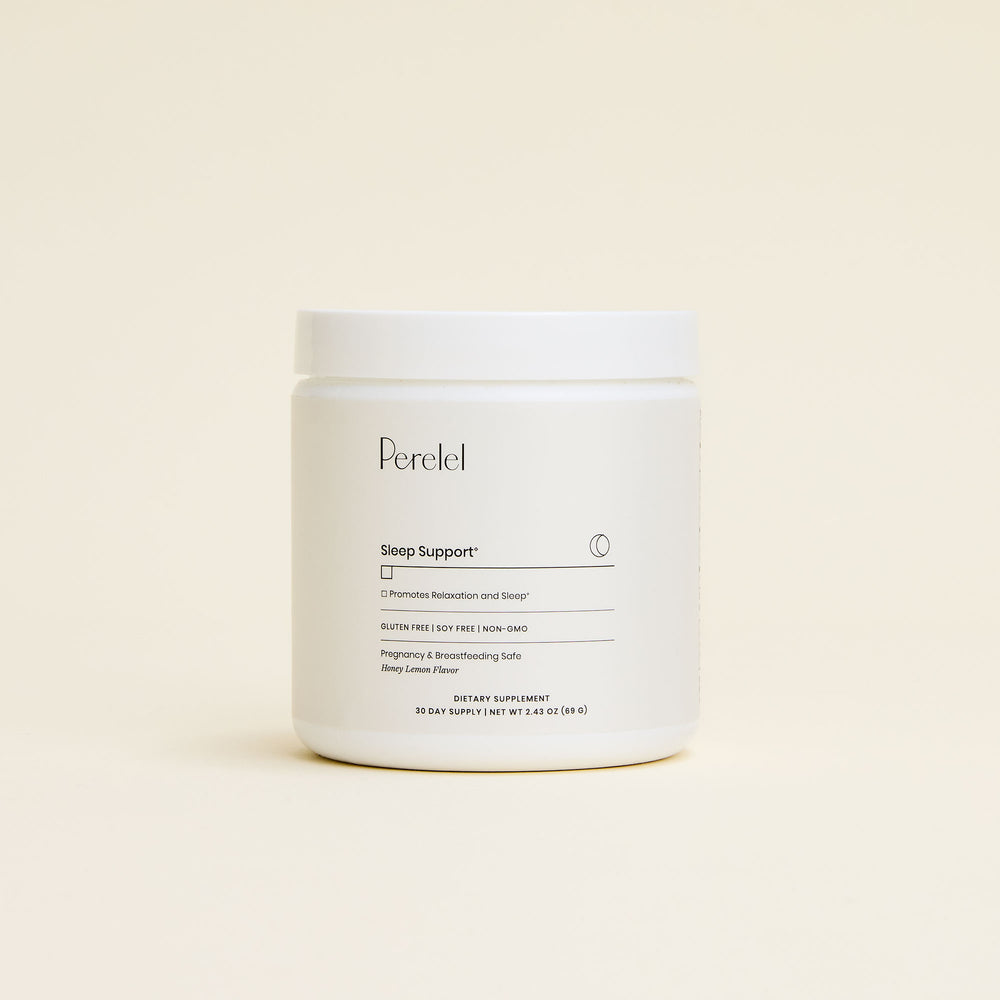
Sleep Support*
Shop Now

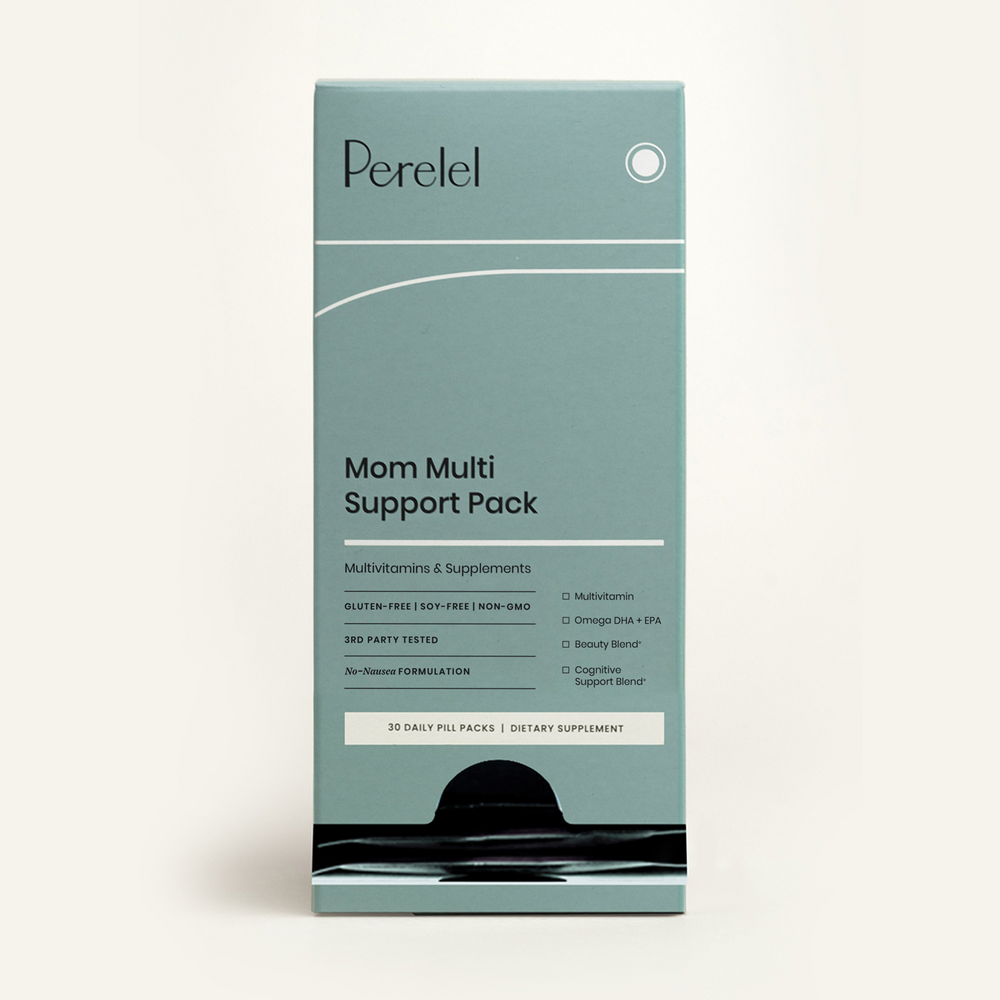
Mom Multi Support Pack
Shop Now


Synbiotic Greens Powder
Shop Now
Get more breastfeeding tips from top experts. Plus, we asked five moms to share their experience with breastfeeding or formula feeding—read Feeding Diaries now.
This article is for informational purposes only. It is not, nor is it intended to be, a substitute for professional medical advice, diagnosis, or treatment and we recommend that you always consult with your healthcare provider. To the extent that this article features the advice of physicians or medical practitioners, the views expressed are the views of the cited expert and do not necessarily represent the views of Perelel.







